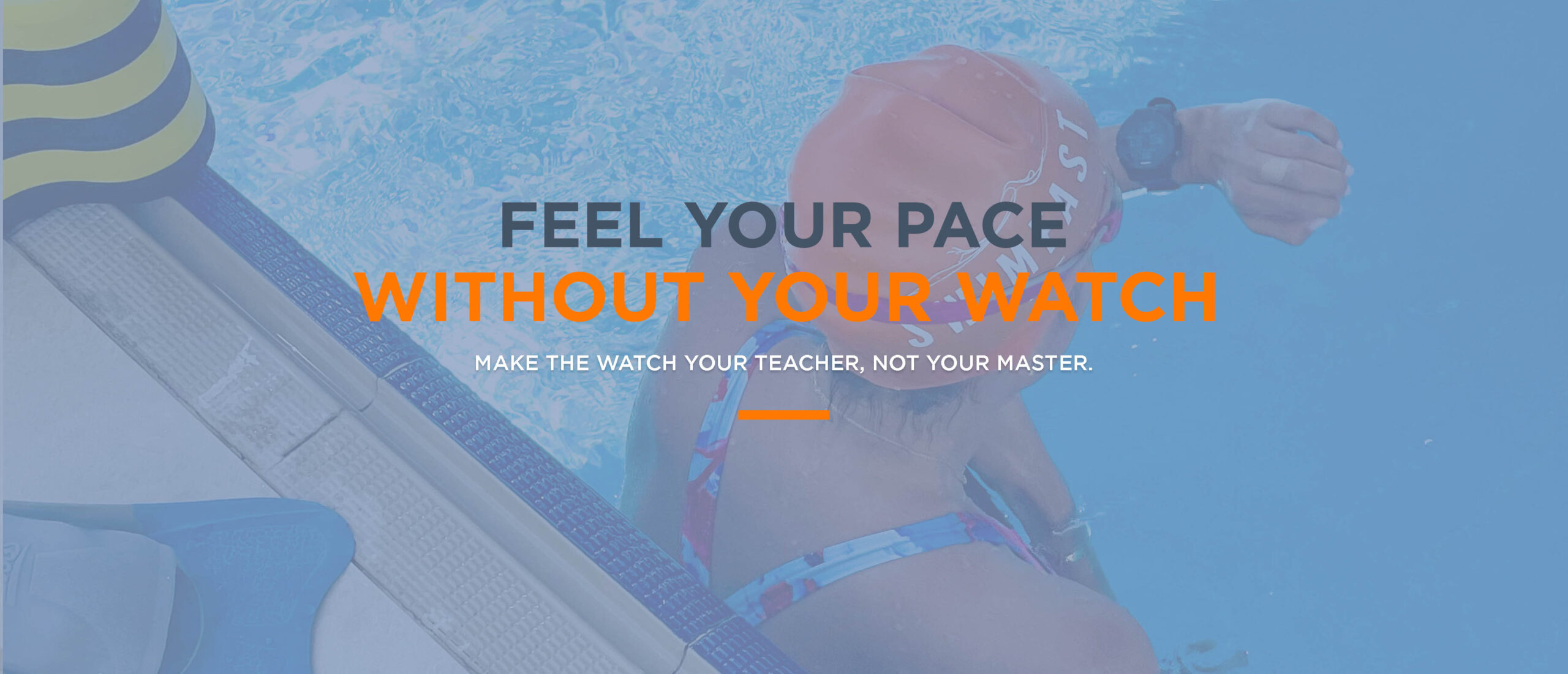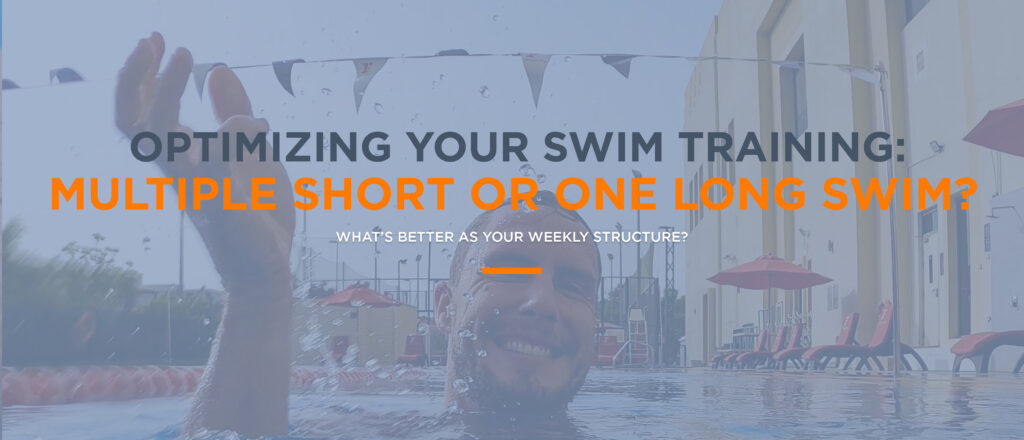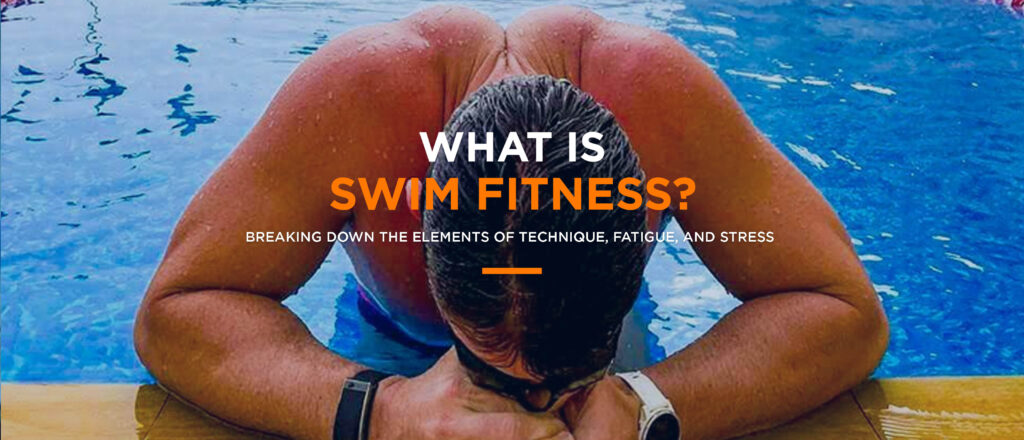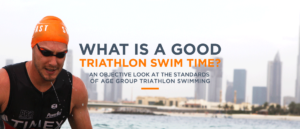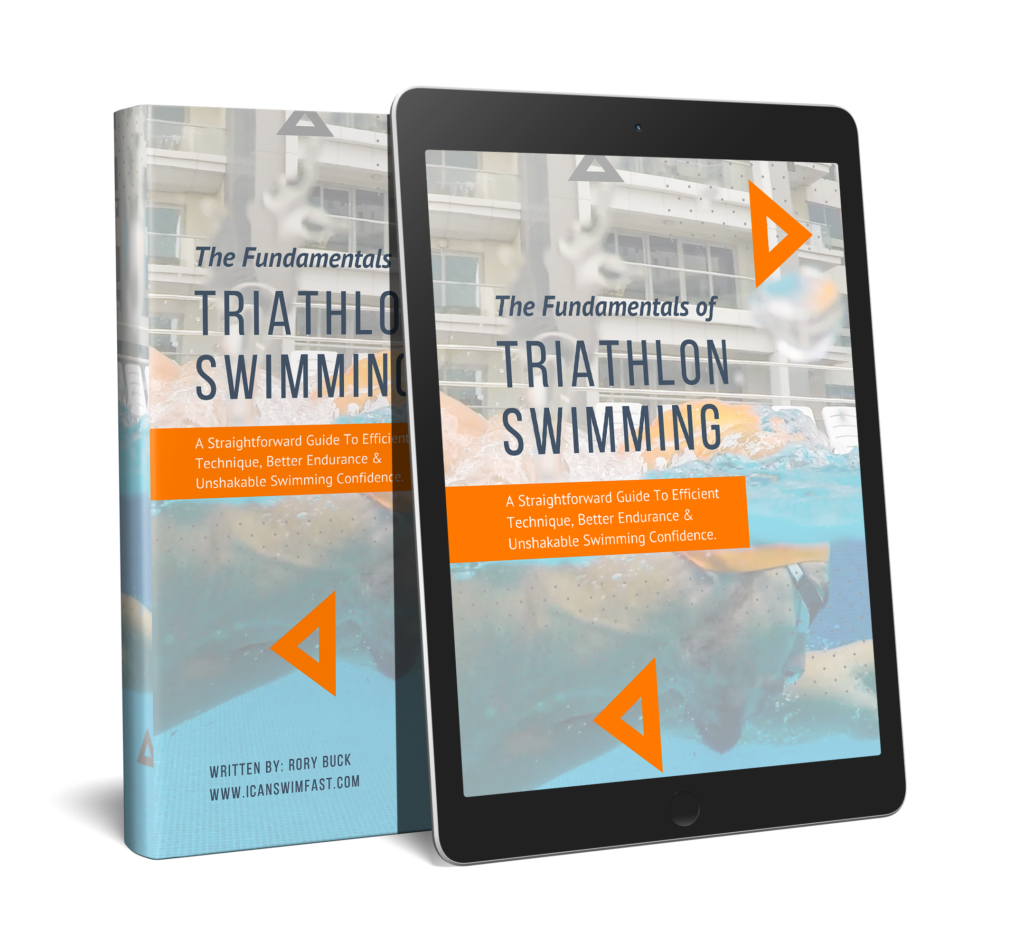Hey Team,
One of the most common questions I receive from triathletes is
“How do I know what pace I’m swimming at if I’m not looking at my watch?”
It’s a great question and a crucial skill for triathletes to develop.
An athlete that can pace intuitively will be more adaptable & ultimately more successful than an athlete that relies on the watch to pace. We want to make the watch our teacher, not our master.
In this blog post, we’ll go through the key elements of understanding and mastering your swimming pace without constantly relying on your watch. By the end, you’ll have a better grasp of how to gauge your pace effectively.
Understanding Your Swimming Pace
Your swimming pace is the result of two fundamental factors: stroke effectiveness and swimming intensity. To swim at a fast pace, your stroke needs to be efficient, and your intensity level needs to be high. These two factors work together to determine your overall pace. Here’s a closer look at each of these elements:
- Stroke Effectiveness:
- Stroke effectiveness refers to how well you move forward with each stroke relative to time.
- As you swim, your stroke effectiveness gradually decreases, a natural physiological response to fatigue and acidity buildup.
- Counting the number of strokes you take to complete a length is a valuable metric for assessing your stroke effectiveness.
- The fewer strokes you take while maintaining a certain intensity, the more effective your stroke.
- Intensity Level:
- Your intensity level is a measure of how hard you’re working while swimming.
- Monitoring factors like your breathing rate, heart rate, lactate and perceived effort can help you gauge your swimming intensity.
- Combining your perceived effort with your stroke count provides a more accurate picture of your pace.
Assessing Your Pace Without a Watch
To determine your pace without constantly checking your watch, focus on the following markers:
- Stroke Count:
- Count the number of strokes it takes to complete a set or a length.
- Consistently counting your strokes during workouts will help you establish a baseline for your pace.
- Tile Speed:
- Pay attention to how quickly the pool tiles pass underneath you.
- Faster tile movement indicates a faster pace, while slower movement suggests a slower pace.
- Heart Rate and Breathing:
- Monitor your heart rate and breathing rate to gauge your intensity level.
- The harder you’re working, the higher your heart rate and the more frequent your breathing.
- Perceived Effort:
- Evaluate how hard you feel you’re working during your swim.
- Assign a perceived effort level on a scale to help estimate your pace.
Developing Awareness
The key to pacing without a watch lies in developing an “automatic” stroke, becoming confident in your technique, and gradually increasing your awareness of the markers above as you swim. With practice and repetition, you’ll get better at sensing your pace based on stroke count, tile speed, heart rate, breathing, and perceived effort.
Take Aways
Learning to gauge your swimming pace without constantly checking your watch is an essential skill for triathletes. By focusing on stroke effectiveness, intensity level, and key markers like stroke count and tile speed, you can develop a better understanding of your pace. With experience and increased awareness, you’ll be able to master the art of pacing in the pool, helping you achieve your triathlon goals more effectively.

